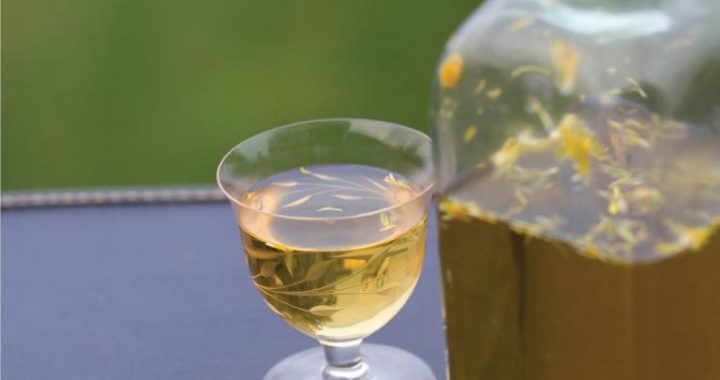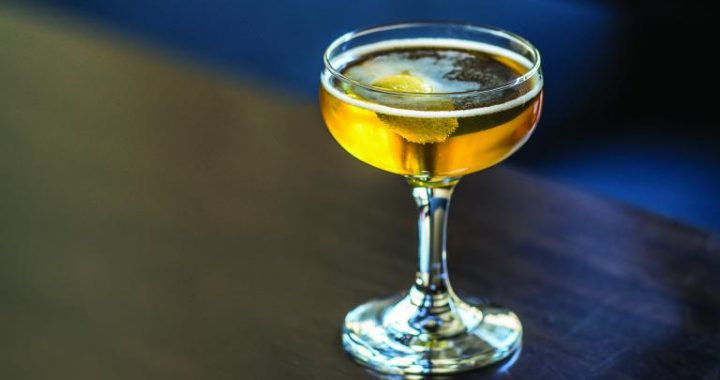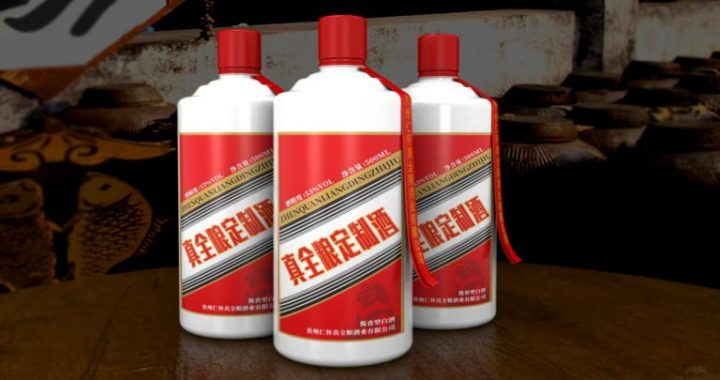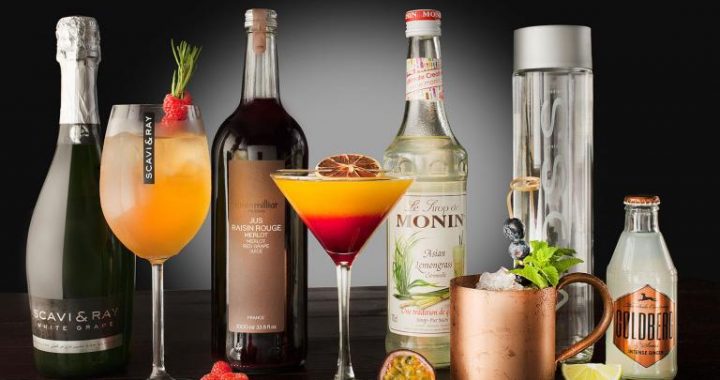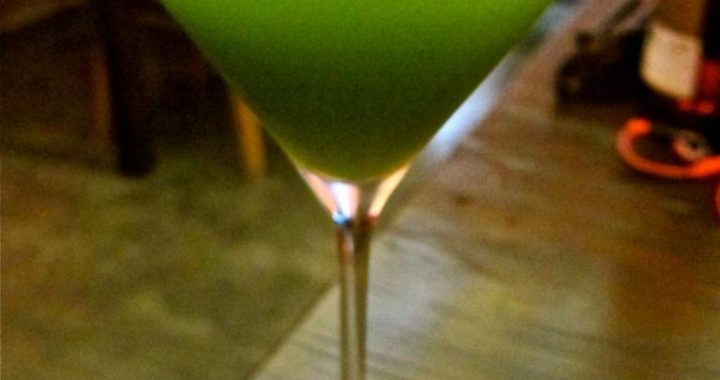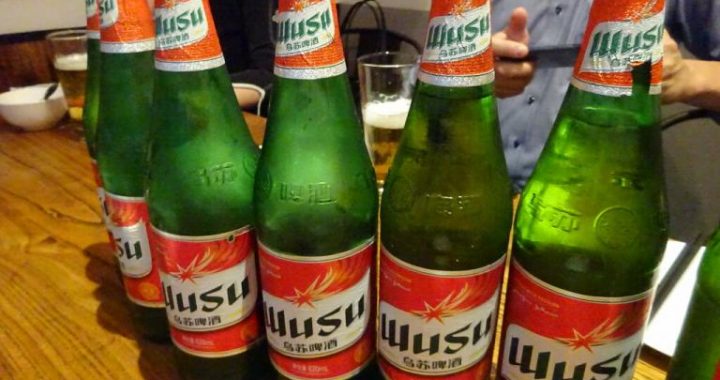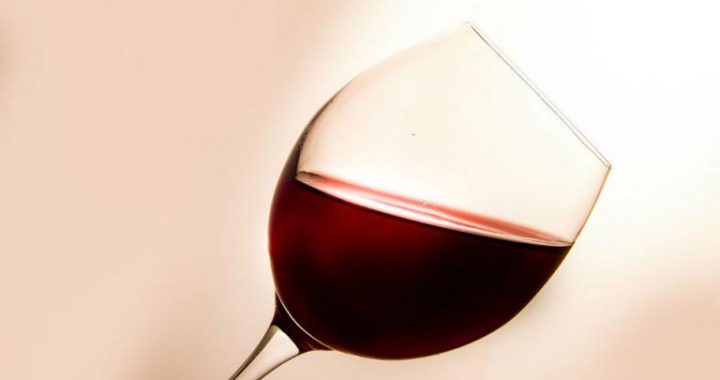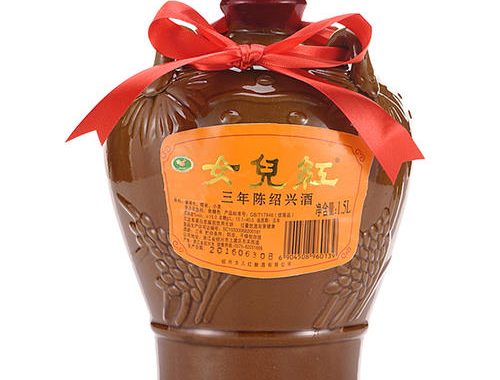Famous wines in modern times
4 min readIn modern times, Chinese wine has many varieties, roughly including white spirit, yellow wine, fruit wine, beer, medicated wine and koumiss.
1) Chinese white spirit (distilled from sorghum or maize), one of the six famous distilled liquors in the world. The other five are brandy, whisky, rum, vodka, and gin respectively. This is due to its long history, advanced brewage skills and unique wine culture. Throughout China, white spirit of Sichuan province is the most famous, with six of its brands renowned, Wuliangye, Jiannanchun, Quanxingdaqu, Luzhoulaojiao, Tuopaiqujiu, and Langjiu. Later on, the wine Shuijingfang under Quanxing group established its position by being “number one workshop in white spirits.”Maotai of Guizhou and Wuliangye of Sichuan are equally famous. They are called “Shaolin”and “Wudang”in the wine industry. In the Shandong province, Kongfu ranks number one. In Anhui province, its Kouzi series as well as Gujinggong and Shuanglunchi are famous nationwide. Jiangsu wine got their name for Shuanggou, Gaogou, Tanggou and Yanghe wine, nicknamed as three GOU and one HE, with Shuanggou and Yanghe particularly famous. Yangshao wine takes the lead in Henan province, while Fenjiu liquor symbols Shanxi wines. Xifeng wine brought a name to Shaanxi province, and Jiugui wine of Hunan won its place in China, thanks to its unique fragrance. Chinese white spirit is divided into six categories according to the fragrance.
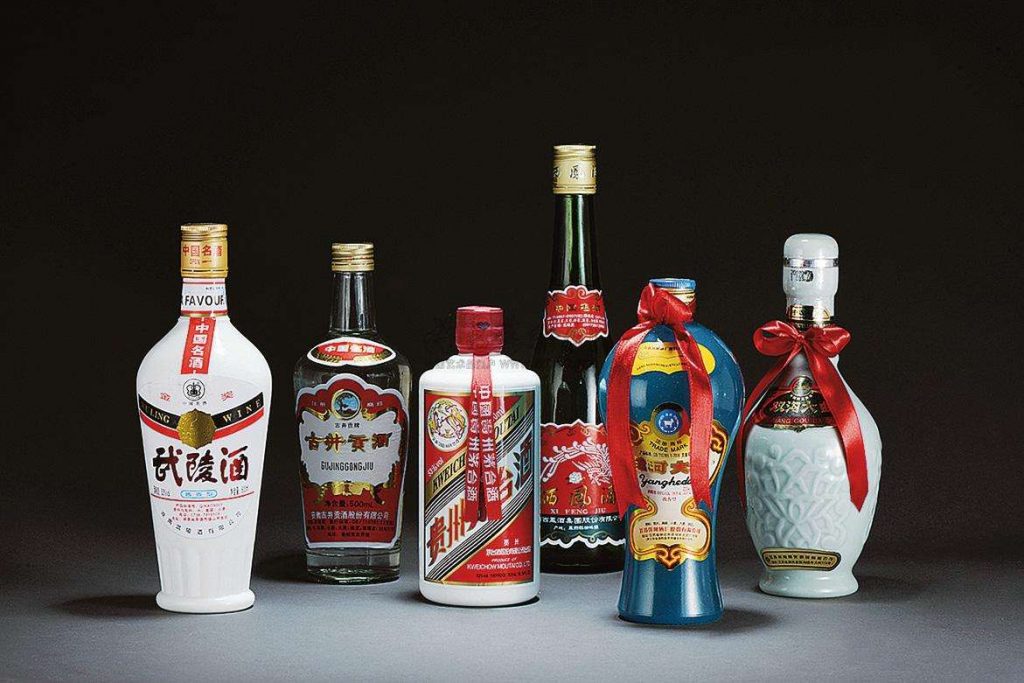
2) Yellow rice wine is marked with distinctive national characters. It is brewed in a unique method which guarantees its top quality, exquisite perfume and ample nutrition. Among the yellow wines, the most famous is Shaoxing wine, renowned as “symbol of mature technology for yellow wine”. It is one of the oldest wines in China. With its fragrance, color, as well as the unique character for lasting 1ong, it is said to be of “venerable style”. There are also some other famous yellow wines, such as Longyan Chegangjiu of Fujian province, Fenggangjiu of Jiujiang, Jiangxi, osmanthus wine of Hangzhou, Zhejiang, Jimo wine of Jimo, Shandong, as well as black glutinous rice wine in Huishui, Guizhou.
3) Fruit wine can be divided into many types based on raw materials, for instance, grape, apple, Chinese gooseberry, date, coconut, betelnut, lichee, megranate, peach, citrus and sugar cane. Among them, grape wine is the most famousand most frequently adopted. Nowadays, typical and famous grape wine in China is featured by its cultural characters, to be specific, it is featured in its color, flavor, fragrance and exchanges with other wine cultures. The highly reputed sweet osmanthus wine, for instance, selected fresh sweet-scented osmanthus, abstracted its distillate and then mixed with top-quality grape wine. The gold prize winner, Yantai brandy adopted top quality grapes as raw materials, with ferment and distillation, it was combined with grape skin and raw aquavit. The red grape wine of Yantai is also very famous. For its light perfume similar to that of rose, it is nicknamed “rose perfume.”It is a typical sweet grape wine. Besides, there are Zhangyu white wine, Tonghua grape wine and so on.
4) Chinese beer originally came from abroad. After upgrading craft and technique, China began to have its own brands, with Tsingtao beer as one of them.
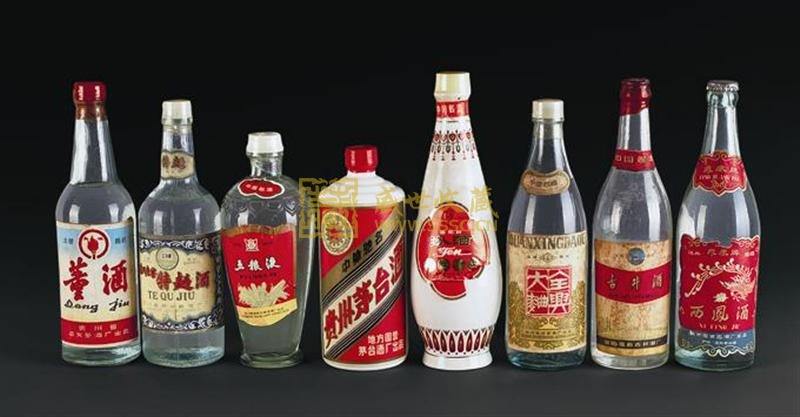
Tsingtao beer is brewed from wheat, hops, and Laoshan spring water with traditionalmethods. Tsingtao beer, being crystal clear and strong flavored, created such a buzz when sold first time in the US. Another famous brand is Snowflake beer from Shenyang for its limpidity. In addition, there are such brands as Beijing beer, Five-Start black beer, the Great Wall beer and some others for health care or featured by their fruit flavor.
5) Medicated wine,a special local product in China, is one of the important contributions by Chinese people to the world. It is made from Chinese traditional medicine and wine, and helps to prevent diseases and keep strong.
In terms of production of medicated wine, there are three methods: brewage, soakage and seepage. It can also be categorized into two types based on its function, restorative and treatment. For restorative category, there are Panax wine, nourishing wine, Sanbian wine and China honey wine, which take advantage of medicine and power of wine to restore energy and prolong life. For treatment wines such as rheumatism and tiger bone wine, they can cure and prevent disease on the one hand, and help to recover after sickness on the other hand. The world famous Wujiapi wine is produced in Zhejiang and has a history of over 200 years. Owing to rarefied raw materials and subtle brewage, this wine tastes excellent. It is used to help recoverfrom fatigue and keep dehumidified. It is due to those advantages that it is called a kind of “healthy drink”.
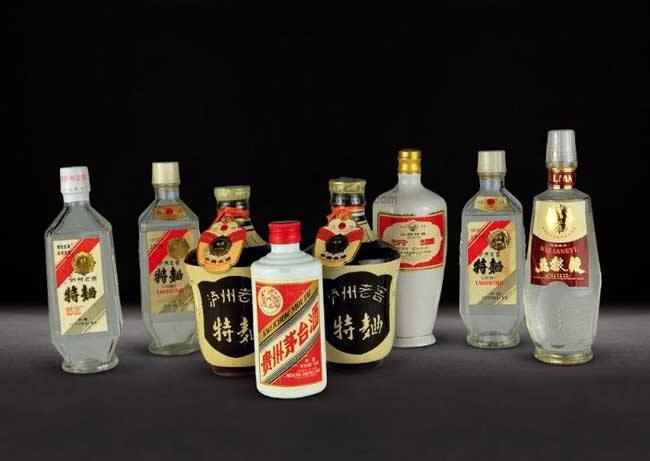
6) Among all the wines categorized by raw materials, koumiss is unique. In its early stage, koumiss was made through ferment and later brewed by means of distillation. In China, koumiss was popular among such minority groups as Mongol, Uigur, and Kazakstan, nicknamed kumiss. It is a traditional wine of the nomad.
Mongolians usually swig kumiss at Nadamu gathering each year. In their daily lives, Mongolian physicians use it to treat lumbago, stomachache, tuberculosis and scurvy.
Also, in the eyes of Han physicians, kumiss is good to one’s blood, kidney and stomach. In addition to that, kumiss is adopted as something holy in major festivals and sacrificing ceremonies.
